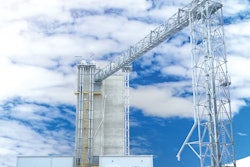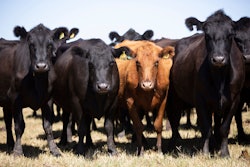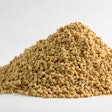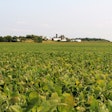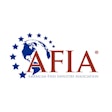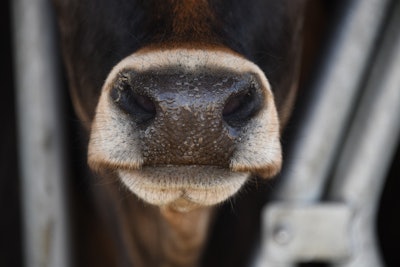
The U.S. Department of Agriculture’s National Animal Health Monitoring System (NAHMS) joins forces with the National Agricultural Statistics Service (NASS) to conduct a national feedlot study.
Beginning in March, NASS will survey feedlots about their animal health and welfare management practices. This year, the survey also includes questions to help measure any impacts of COVID-19 on the feedlot industry.
“Animal health is an ever increasing management challenge many feedlots face today,” says Greg Bussler, Wisconsin State Statistician. “By completing the survey, Wisconsin feedlot operators will help determine national management trends in animal health care and the best practices to ensure proper animal health.”
In an effort to obtain the most accurate data, the two federal agencies will reach out to nearly 5,200 feedlots nationwide, from March through August 2021, including 181 feedlots in Wisconsin.
Feedlots will receive a brief survey in the mail to complete online or with one of our interviewers over the phone. To protect the health and safety of producers, partners, and employees, NASS has suspended in-person data collection until further notice.
“The NAHMS reports for Cow/Calf and Feedlot have for decades provided solid, non-biased information to rancher and feedlot managers to help them understand how their colleagues in the beef industry manage cattle," says Dee Griffin, DVM, Director, VERO (Veterinary Education, Research & Outreach) Program, Texas A&M University College of Veterinary Medicine. "From my long history as a veterinarian serving beef producers, I ask you to sincerely consider supporting the NAHMS survey efforts.”
All information acquired for the NAHMS Health Management on U.S. Feedlots, 2020 study will be used for statistical purposes only and will be treated as confidential in accordance with the Confidential Information Protection and Statistical Efficiency Act (CIPSEA). Only aggregate data will be published, ensuring that no individual operation or producer can be identified.
For more information, click here.




